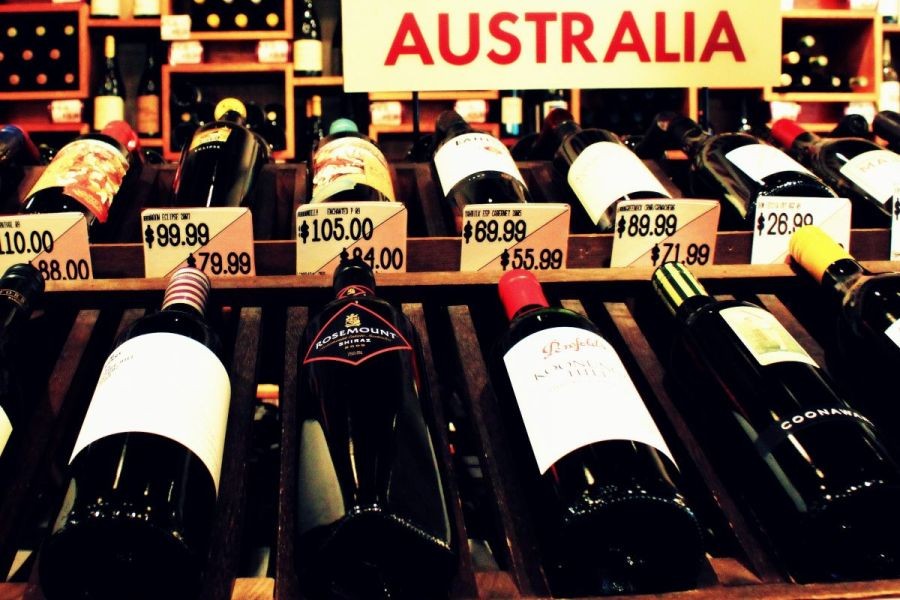The allure of Australian wine exports has long captivated global markets, celebrated for both quality and innovation. However, beneath the surface of this thriving industry lies a complex web of challenges and overlooked issues. This article delves into the often-ignored aspects of Australian wine exports, offering a comprehensive analysis for trade and industry analysts.
The Impact of International Tariffs
While Australia's wine industry has enjoyed significant success, it hasn't been immune to international trade tensions. The imposition of tariffs by major importers has disrupted the growth trajectory of Australian wine exports. For instance, when China, Australia's largest wine export market, imposed tariffs of up to 218% in 2020, it resulted in a dramatic decline in wine exports to the region. According to the Australian Bureau of Statistics (ABS), wine exports to China fell by 96% in 2021, highlighting the vulnerability of the industry to geopolitical shifts.
Case Study: Treasury Wine Estates
Problem: Treasury Wine Estates, a leading Australian wine company, faced significant challenges due to the imposed tariffs. With China accounting for nearly 30% of its total sales, the tariffs severely impacted the company's revenue.
Action: In response, Treasury Wine Estates diversified its market strategy by increasing its presence in other regions, such as the United States and Europe. It also focused on premiumization, enhancing the quality and marketing of its high-end wine labels.
Result: By 2022, Treasury Wine Estates reported a 10% increase in sales from its US and European markets, partially offsetting the losses from China. The company's strategic shift highlights the importance of market diversification in mitigating risks.
Takeaway: The case illustrates that while tariffs pose a significant challenge, strategic diversification can help Australian wine companies maintain stability and growth.
Environmental Challenges and Sustainability
Australia's wine industry is also grappling with environmental challenges that impact production and export quality. Climate change has led to increased instances of drought and bushfires, affecting vineyard yields and wine quality. According to the Commonwealth Scientific and Industrial Research Organisation (CSIRO), by 2030, Australia could experience a 10% reduction in grape yield due to climate change.
Sustainability Initiatives: To combat these challenges, Australian winemakers are adopting sustainable practices, such as water-efficient irrigation systems and organic farming. The Australian Wine Research Institute (AWRI) has been pivotal in promoting these practices, helping winemakers adapt to environmental shifts while maintaining quality.
Regulatory Hurdles and Compliance Costs
Australian wine exporters must navigate a complex regulatory landscape, both domestically and internationally. Compliance with various international standards and certifications can be costly and time-consuming. The Australian Competition & Consumer Commission (ACCC) has reported that small to medium-sized enterprises often struggle with the high costs associated with regulatory compliance, impacting their competitiveness in global markets.
Balancing Quality with Compliance
While compliance is essential for maintaining international market access, it can also detract from investment in quality and innovation. Balancing these aspects is crucial for the long-term sustainability of Australian wine exports.
Future Trends and Predictions
Looking ahead, the Australian wine industry must brace for continued geopolitical tensions and environmental challenges. However, opportunities exist in emerging markets, such as Southeast Asia, which are showing increased demand for premium wines. Additionally, advancements in viticulture technology and sustainability practices will play a crucial role in maintaining Australia's competitive edge.
Prediction: By 2028, it is anticipated that at least 30% of Australian wineries will adopt advanced AI-driven technologies to enhance efficiency and quality, as per a report by Deloitte.
Final Takeaways
- Market Diversification: Essential for mitigating geopolitical risks and ensuring stability.
- Sustainability Practices: Key to adapting to climate change and maintaining quality.
- Regulatory Compliance: Balancing compliance with innovation is crucial for competitiveness.
As the Australian wine industry navigates these challenges, strategic adaptation, diversification, and innovation will be critical to sustaining growth and maintaining a strong presence in global markets. What strategies do you believe will be most effective for Australian wineries moving forward? Share your insights in the comments below!
People Also Ask
- How do tariffs impact Australian wine exports? Tariffs can significantly reduce market access and revenue. For example, Chinese tariffs led to a 96% drop in Australian wine exports to China.
- What are the environmental challenges faced by Australian winemakers? Climate change has increased droughts and bushfires, affecting vineyard yields. Adaptation through sustainable practices is essential.
- How can Australian wineries maintain competitiveness? By diversifying markets, adopting technology, and balancing compliance with innovation, wineries can maintain their global edge.
Related Search Queries
- Australian wine export market trends
- Impact of tariffs on Australian wine
- Sustainability in Australian viticulture
- Future of Australian wine exports
- Regulatory challenges for Australian wineries
- How climate change affects wine production
- Top Australian wine export destinations
- Strategies for diversifying wine export markets
- Technological advancements in winemaking
- Trends in premium wine demand




































FQASuzette
4 months ago